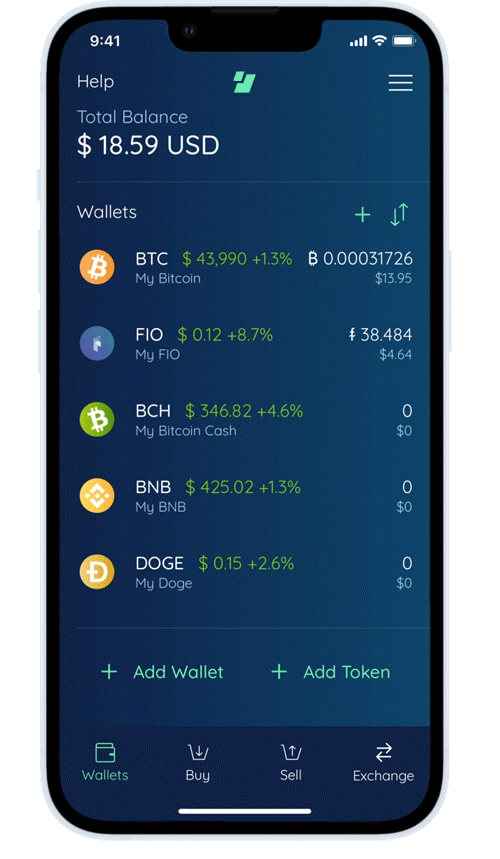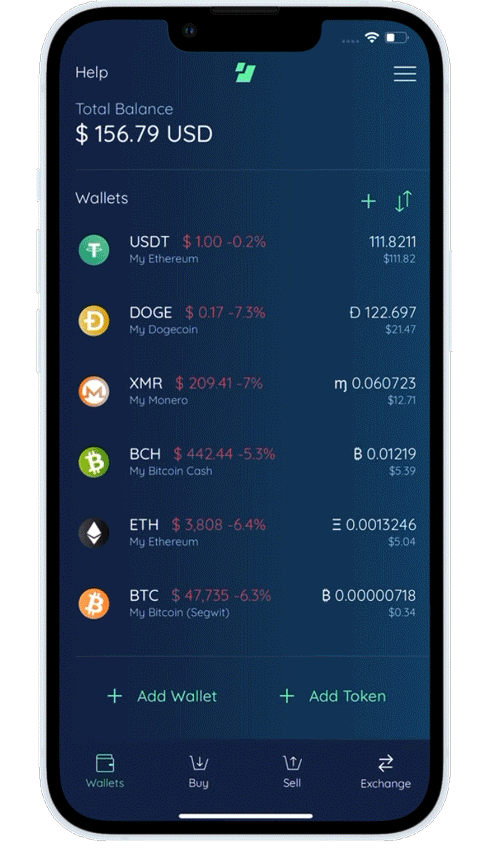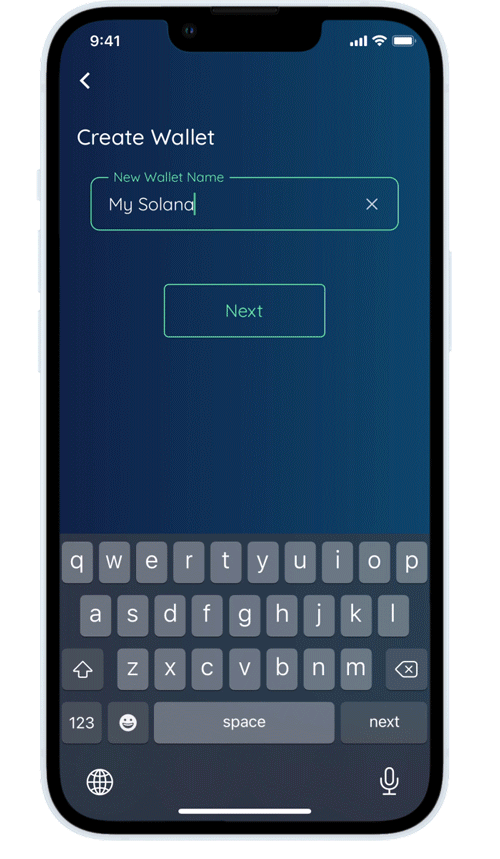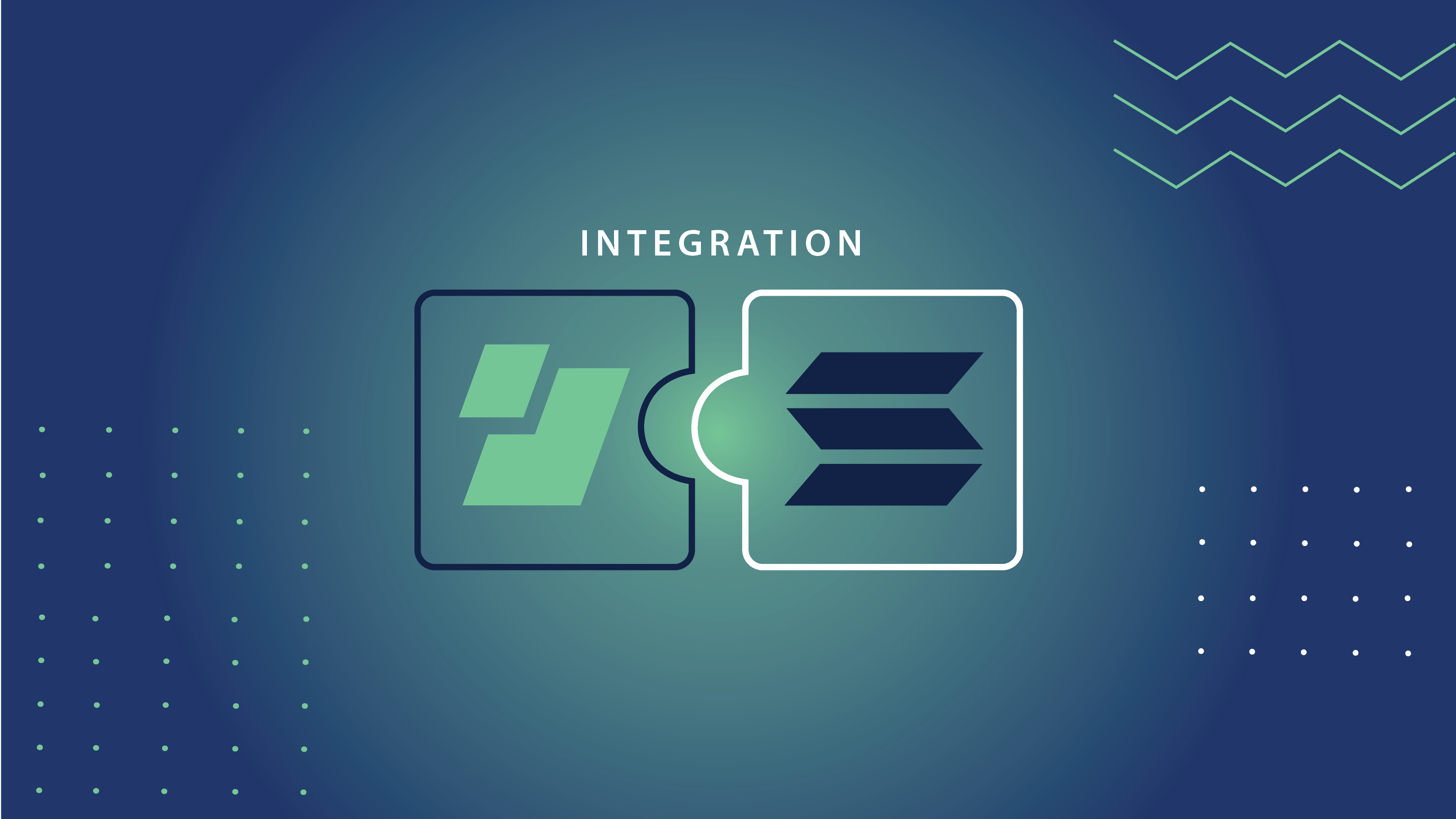In the latest release of Edge, we’ve added support for Solana (SOL).
The integration of the SOL token in Edge comes at a time when the Solana network is enjoying a period of rapid growth, aiming to become a dominant force in the world of DeFi, Web3, and NFTs.
What is Solana?
Sometimes called “the Ethereum killer,” Solana is an advanced blockchain platform specifically designed to support massively scaling decentralized applications (dApps).
As opposed to Ethereum’s current Proof-of-Work consensus mechanism, Solana runs on a hybrid protocol of Proof-of-Stake (PoS), which lets the blockchain maintain accurate information across all participants, and Proof-of-History (PoH), a method to validate that transactions happening on the network follow the correct sequence.
In other words, somewhat similar to the concept of timestamps on the Bitcoin blockchain, Proof-of-History creates a historical record that proves that an event has occurred at a specific moment in time.
Solana claims to have a maximum throughput of more than 50,000 transactions per second (TPS) at peak load, and block confirmation times as fast as 400 milliseconds.
All of that, as stressed, is achieved without relying on sharding, the method of breaking down a blockchain network into multiple particles (shards) in such a way that every shard can process transactions simultaneously.
Sharding is largely considered to be Ethereum’s best answer to scalability issues, however, the industry’s largest and most popular smart contract platform has yet to complete its transition from a Proof-of-Work consensus algorithm to Proof-of-Stake, which would support that particular blockchain design.
Near-Zero Fees
On top of that, Solana boasts extremely low average transaction fees of 0.0025 SOL, or a tiny fraction of one cent.
Combined with the network’s advanced scalability features, all of this makes Solana well-positioned to support dApps that can simultaneously serve tens of thousands of users without buckling under the load.
The booming industry of non-fungible tokens (NFTs) is another area where Solana is enjoying growing popularity. Ethereum is still the leading platform for minting NFTs, however, high transaction fees prompt users to seek alternatives, and this is where Solana comes in.
Solana was picked by crypto exchange FTX to support its recently launched NFT marketplace along with Ethereum, and — according to CryptoSlam— is currently the third-most popular blockchain in terms of NFT sales volume, with more than $1.1 billion in lifetime sales,
Currently, there’s about $8 billion of total value locked (TVL) across multiple decentralized finance (DeFi) protocols and dApps built on Solana.
More to that, in a research note published in January this year, Bank of America opined that thanks to its ease of use, low transaction costs, and scalability, Solana is optimized for micro payments, gaming, and NFTs, and could eventually become the “Visa of the digital asset ecosystem.”
When it comes to projects building on the Solana blockchain today, some household names include Serum, a decentralized exchange (DEX) launched by FTX, Metaplex, an app for creating and hosting NFT marketplaces, and a music-streaming platform Audius.
What is SOL?
Like many other smart contract platforms, the Solana network has its own native utility token known as SOL.
SOL’s primary use is to pay for consumed gas (fees) for all transactions and smart contract operations happening on the network.
Apart from that, the SOL token is the base currency for Solana’s staking economy, allowing users to earn rewards in return for the coins they stake to safeguard the network.
SOL has no predetermined maximum supply, with about 320 million coins currently in circulation.
The Solana network was launched in March 2020 and enjoyed explosive growth throughout 2021, with the SOL token hitting an all-time high of $260 in November last year.
With a market cap above a whopping $31 billion, SOL is currently the industry’s eighth-largest cryptocurrency, well ahead of the likes of Polkadot (DOT), Avalanche (AVAX), and Dogecoin (DOGE).
“Thanks to the simple to use and well documented tool kits provided by the Solana team, integration of Solana functionality in Edge was relatively quick and easy. We look forward to adding future functionality including token support and DeFi integrations.” – Paul Puey, Edge CEO
Create your SOL wallet in a matter of seconds
Creating your SOL wallet in Edge is only a couple of taps away:
1. On the Wallets screen in Edge, tap “Add Wallet” and choose SOL as your wallet type


2. Specify the fiat currency denomination and name your wallet


3. Confirm details, and your wallet is created

Want to be part of the Solana network? Try Edge today!
With seamless wallet creation and readily available exchange integrations, all inside of an easy to use self-custody application, Edge has now introduced another avenue for Solana users to participate in the network.
Edge was designed to be easy enough for the everyday user, while including functionality even advanced enthusiasts appreciate. We’re excited to be supporting the Solana ecosystem as the network is growing.
For those interested in using the Solana protocol in Edge, click here. To stay up to date with Edge company announcements and the latest developments in the crypto space, be sure to sign up for our newsletter below.
